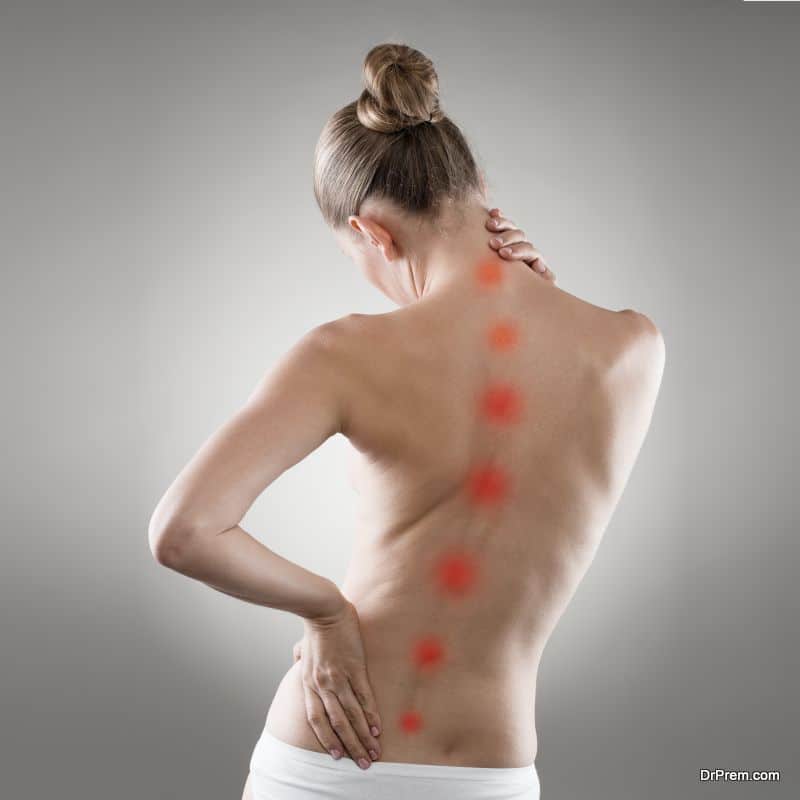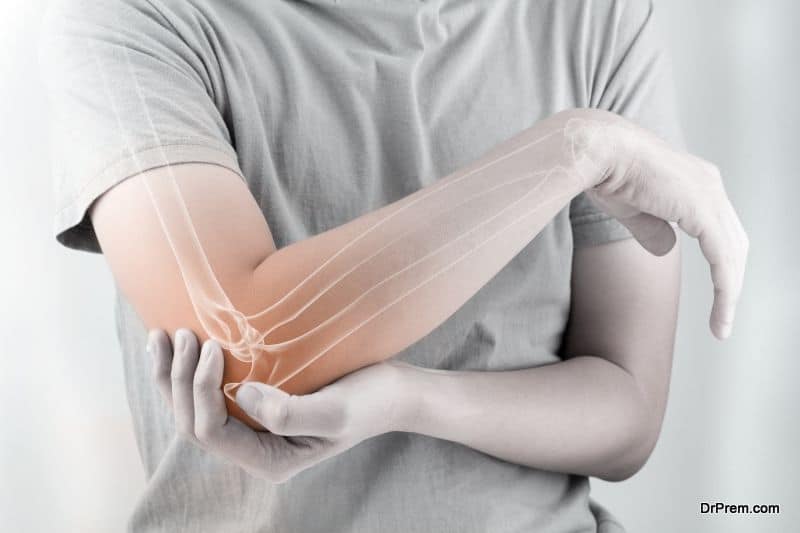Osteoporosis is a disease that affects the bones – making them brittle and weak. The word osteoporosis means “porous bone”. When bones affected by osteoporosis are viewed under a microscope, they have large holes and spaces, whereas a healthy bone will have a honeycomb type pattern.
The bones affected by osteoporosis have lost density and mass because of the abnormal tissue structure inside. As the bones get less dense they are more likely to break and fracture because they are weaker. This then results in breaking and fractures of the bone when simple falls or minor bumps occur. It can even get to the point that bones can become damaged simply by sneezing or coughing.
It is also common for osteoporosis sufferers to have posture problems. This is particularly the case in the elderly as the spine tends to bend into a hunched position because the bones in the vertebrae are so weak that they can’t fully support the weight of the body.
It’s extremely common

Osteoporosis can sneak up on the elderly as there are few warning signs until a break happens and a test is done to look at the bone density. Because patients can’t actually feel the bones weakening, it’s important to look out for things such as reduction of height, a reduced ability to grip and ‘stooping’. If you do see any of the signs early then be sure to tell your doctor straight away.
The effects of osteoporosis are also damaging to a patient’s mental health. Many elderly people with osteoporosis are faced with limited mobility, which effectively reduces their chances of an independent life. This can lead to feelings of loneliness and isolation, which can further turn into depression.
People who are more likely to get osteoporosis are
- Women who experience menopause before the age of 45
- Have an extremely low BMI or have an eating disorder
- You have a long family history of osteoporosis
- Currently taking or have taken a medicine based on steroids
- Lack calcium and Vitamin D in your diet
- Drink more than 4 units of alcohol a day
- People who have or do smoke
- Have currently or have had a disease that causes limited mobility. Other diseases include;
- Type 1 diabetes
- An overactive thyroid
- Liver disease
- Kidney disease,
- And many other diseases and conditions – check with your doctor to see if you’re at risk.
Treatment

A great way to increase bone strength is via a natural calcium treatment. Calcium has been clinically proven to help treat osteoporosis as it directly helps to treat it by strengthening the bone resulting in less breakage and fractures.
A calcium supplement containing Vitamin D could help to boost bone density. However, it’s important to remember that calcium cannot directly replace drugs or cure osteoporosis, even though it can help to treat it. With this in mind, make sure that you consult with your doctor before taking any supplements.
Whether you have a family history of osteoporosis, or are worried about an elderly relative, hopefully now you have a more thorough understanding of what osteoporosis is, and what you can do about it.
Article Submitted By Community Writer




